For a while there, physical media looked like it was on life support—breathing through a dusty DVD player and kept alive by a stubborn uncle still buying Blu-rays at Walmart. The streaming empire, with all its convenience and cold, clinical efficiency, swept through like Order 66. CDs were tossed. Vinyl was mocked. DVDs were buried under piles of half-watched Netflix originals and Amazon Prime regrets. All hail the algorithm, destroyer of disc collections.
But somewhere between the tenth content dump and your fifth “Are you still watching?” prompt, people began to feel it—that emptiness. The nothingness of owning everything but possessing nothing. The hollow thud of compressed files and missing liner notes. Suddenly, there was a longing not just for better sound, but for something real. And just like that, physical media—vinyl, CDs, even cassettes—rose from the grave like a scratched-up Lazarus with sleeve notes and personality.
The Empire of Streams
Let’s talk about the Empire’s most insidious weapon: streaming. On the surface, it looks like freedom. Millions of tracks at your fingertips, new albums every Friday, curated playlists with names like “Sad Vibes for Overcast Mornings.” But underneath that glossy UI is a dark, joyless machine where convenience is king and ownership is a distant, analog dream.

Spotify promised us lossless “HiFi” in 2021. It’s now 2025 and we’re still waiting, like rebels huddled in a bunker, watching a glitchy hologram of a lossless codec that never shows. Meanwhile, TIDAL has gone through more rebrandings than Cassian Andor has aliases, slowly backing away from audiophile credibility like it owes someone money. MQA Jack? Really?
Qobuz? Still standing, still streaming in FLAC, still the nerd in the corner who actually cares—but sadly, no one invited them to prom. We may be paying customers, but only because they’ve become the outlier with actual values: no lossy garbage, no algorithmic drivel, no TikTok-core takeover.

They’re the streaming service with a rebel soul—more Andor than Mandalorian—quietly fighting the good fight while everyone else sells out to playlists named by A.I. Qobuz isn’t trying to be your friend; it’s trying to serve the art. And in a galaxy of vapid content churn, that kind of integrity might be the only thing left worth paying for.
And iTunes—dear god—once a digital sanctuary for music lovers, is now just a haunted graveyard where your legally purchased downloads go to rot, locked in outdated formats, DRM, and forgotten Apple IDs. Your old library? A digital sarcophagus full of 128kbps memories, begging to be remembered every time you get a random “Can’t locate file” error on your MacBook.
MP3s? They’re junk rations for people who gave up. Stripped down, hollow, barely music at all. If you’re fine choking down the audio equivalent of cardboard, sure — keep streaming your 128kbps misery. But if you still have a pulse, you fight for better.
Then came the transition to Apple Music, where Apple ditched the pretense of ownership entirely and went full empire mode. Yes, they’ll sell you on Spatial Audio and Lossless like it’s a gift from the audio gods, but there’s a catch.
Your actual experience depends on how you listen—lossless is only lossless if you’re plugged in. Use wireless earbuds? Congrats, you’re still streaming a Bluetooth-choked signal dressed up in fancy marketing. And Spatial Audio? It’s like someone took a stereo mix, shook it in a snow globe, and called it immersive.
Every song suddenly sounds like it’s trying to escape a padded room. It’s impressive tech, sure—but it’s also a distraction from the simple truth: you still don’t own anything. The tracks, the formats, the “enhancements”—all locked behind Apple’s velvet rope, accessible only as long as you keep paying tribute to the memory of the Emperor from Cupertino.
Streaming sells you the illusion of access, not ownership. The moment the license expires, or some executive decides your favorite album isn’t “trending,” it vanishes like a rebel transport hit by a Star Destroyer. Your playlists? Dust in the wind. Your carefully curated collection? A memory wiped by rights management protocols. There’s no shelf. No permanence. Just an eternal scroll of “Maybe You’d Like This Instead.”
Blame streaming. Blame it for making music and film feel disposable. For reducing art to a shuffle button. But also, maybe thank it. Because in its soulless domination, it reminded us why physical media mattered in the first place. You can’t stream liner notes. You can’t flip through a gatefold on Spotify. And you definitely can’t build community around a QR code.
These are the Record Stores you’re looking for

Enter the indie record store: defiant, buzzing with warmth, and smelling faintly of cardboard, old incense, and the existential dread of late-stage capitalism. The guy behind the counter? Probably wearing a worn-out Star Blazers t-shirt, rocking a ponytail that’s seen better decades, and proudly rejecting the concept of deodorant.
These places aren’t just shops—they’re rebel bases. They’re run by people who’ll argue passionately about pressing quality, remember your last pick-up, and tell you when the new Japanese import finally lands. And guess what? They’re thriving. Vinyl sales are the highest they’ve been in over 30 years, and CDs—yes, CDs—are quietly staging a comeback like a band you thought broke up in 2007 — even though we’re good with some of those staying broken up.
Record Store Day has become the unexpected national holiday for music nerds, crate-diggers, and anyone who remembers what album art used to feel like. It’s like Black Friday for people with taste—minus the fistfights over air fryers and cheap TVs from China.
What started as a niche celebration for indie shops has exploded into a cultural juggernaut, complete with exclusive pressings, early morning lines, and that one guy in a vintage Joy Division shirt who definitely wants to talk to you about analog warmth. It’s proof that physical media isn’t just alive—it’s thriving, with more people showing up for wax than your cousin’s wedding.
And yeah, we get it—High Fidelity made record stores cool again. But let’s be honest: it hit different back when John Cusack was just a neurotic romantic with a killer soundtrack, not a Twitter-flailing political grenade with the subtlety of a bootleg mixtape. Somewhere between “Top 5 Breakups” and “Likes tweets defending murderous terrorist groups,” the charm kinda wore off. We prefer our record store nostalgia with fewer hot takes on geopolitics and more first-press Talking Heads.
You Were My Brother, Blockbuster. I Loved You
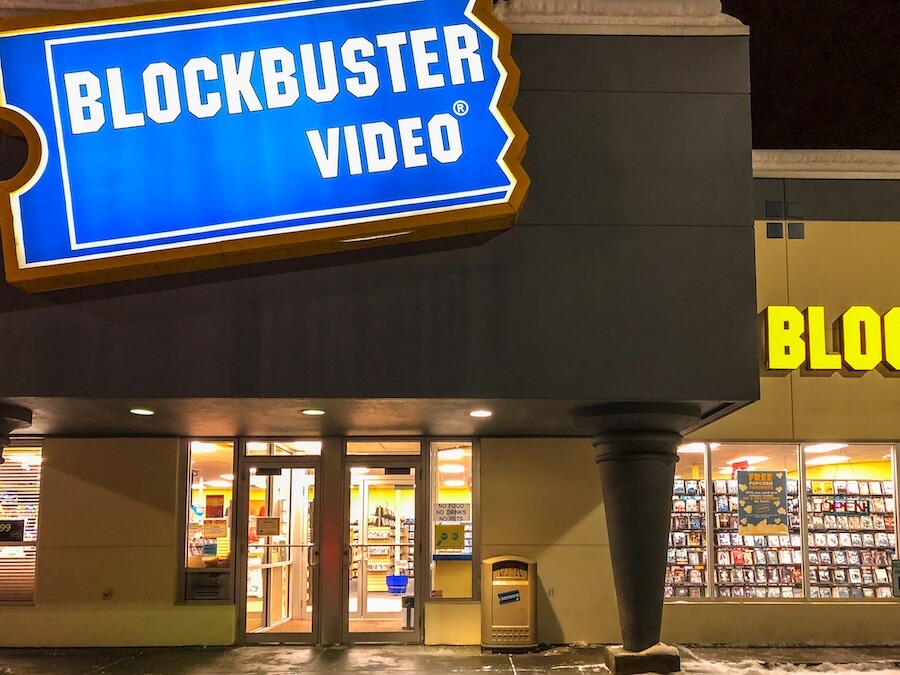
The death of the video store wasn’t just the end of an era—it was a cultural lobotomy. One minute you’re wandering the aisles of a dimly lit Blockbuster, dodging screaming kids and praying the last copy of Lethal Weapon 2 is still behind the box, and the next thing you know, you’re scrolling through a lifeless Netflix interface where “Because You Watched John Wick” means absolutely nothing.
Big box retailers ditched physical media like it was radioactive, with Best Buy and Target axing Blu-rays faster than they did customer service. Walmart’s still hanging on, mostly because they know there’s still a market for 4K Fast & Furious box sets and Hallmark movies with vaguely familiar actors.
And let’s not forget the sacred, terrifying relic of the video store: the adults-only section in the back, behind the curtain—the curtain. A rite of passage for every awkward teenager. It was the ultimate dare: peek behind the veil, only to lock eyes with your 10th grade English teacher nervously clutching Nuns With Knives 3. It was weird. It was uncomfortable and creepy. It was human.
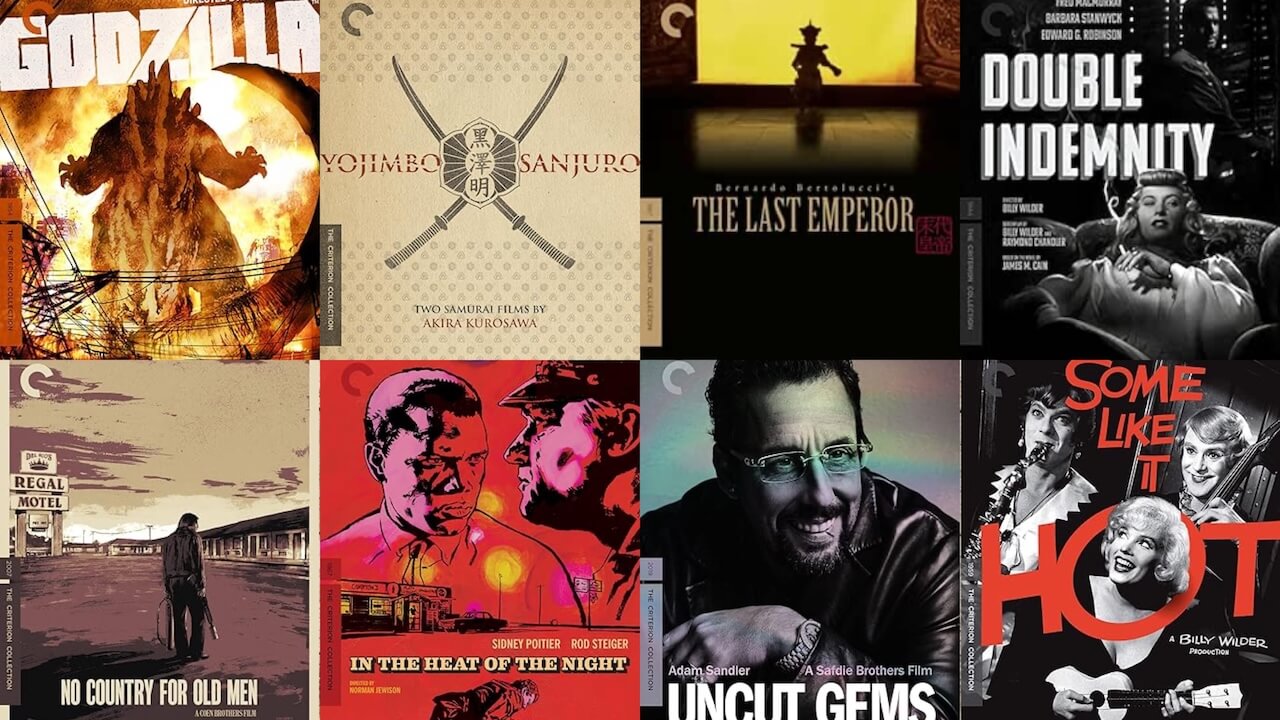
That messy, analog intimacy is gone now, replaced by sterile digital storefronts and endless buffering. If not for the Criterion Collection and the semi-annual Barnes & Noble sale, finding physical movies that matter—films with commentary tracks, booklets, dignity—is damn near impossible. Physical cinema is now a niche hobby for the devout few, clutching our Blu-rays like sacred scrolls while the rest of the world streams some pixelated rom-com on a cracked iPad screen.
Why Ownership F***ing Matters
Ownership matters because it’s rebellion. It’s resistance. When you own music, it’s yours. No ads. No outages. No surprise edits. You can hold it, rip it, frame it, lend it, resell it, or bury it in a time capsule. It exists outside the cloud, outside the algorithm, outside the terms and conditions no one reads.
Physical media has scars. It has soul. You can hear the story in the grooves, see the history in the cover art, feel the weight in your hands. It conjures up memories of poor life choices that may have landed you in prison or an asylum (both for some of us). And when the internet goes dark or your streaming service hikes the price again, that CD doesn’t care. That turntable? Still spins. That 4K Blu-ray? Still plays in glorious, uncompressed, rebellion-grade audio.

So here’s to the record stores, the collectors, the weirdos who alphabetize their shelves and the DJs who still carry crates. Here’s to owning what you love, not just renting it until the Empire says otherwise.
So, long live the rebellion. Long live physical media. And to the empire of streaming? Thanks for the convenience. Now kindly get out of the way—we’ve got records to flip and classic cinema to watch.
Related Reading
- The Last Waltz Is Coming From Criterion Collection
- Turntables & Tulips: Hunting for Vinyl in Amsterdam on Record Store Day 2025
- 20 Best Film Noir Movies to Watch Before You Die (or Get Framed for Murder)
- The New Seoul Of Asbury Park And The Best Kind Of Parasite
- The Greatest Movie Scenes That Shaped Us
- 10 Essential Criterion Collection Movies in 4K You Need to Buy in 2025






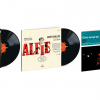


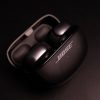




















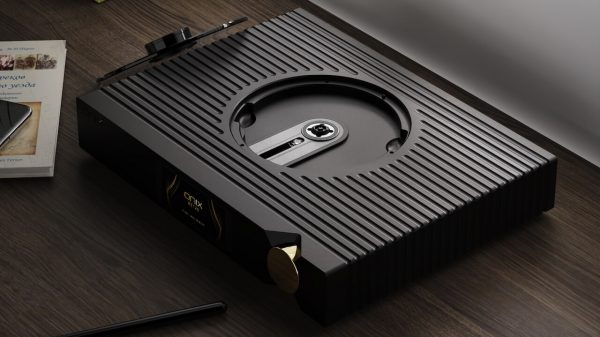

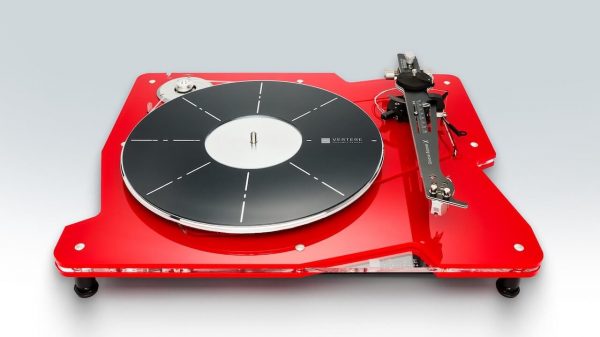


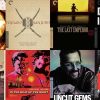


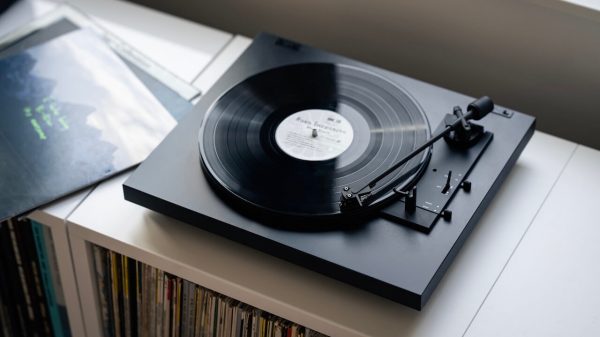

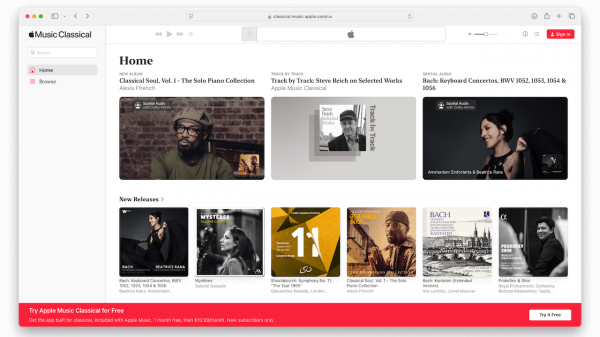
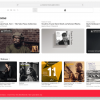











Eddie Mishan
April 27, 2025 at 9:09 pm
Great stuff
Anton Lucas
April 27, 2025 at 9:28 pm
Utterly savage and 100% accurate. Your ability to blend pop-culture references into a rather a brutal and honest look at the state of streaming and physical media is to be commended.
Lucasfilm could send you a royalty check